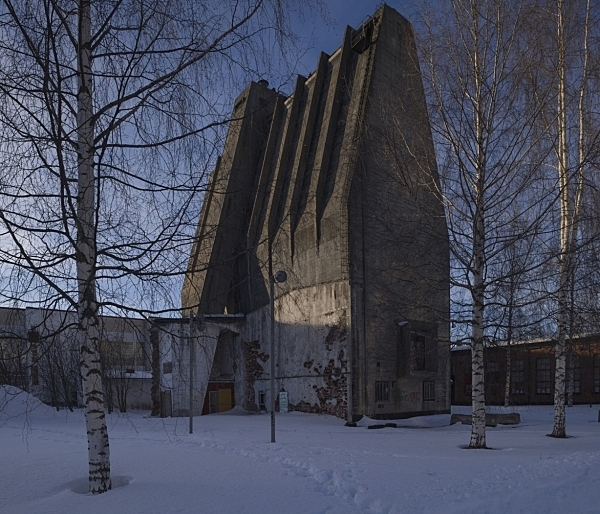VAPAA Collective: Architects have the potential to vision a new world for the new, post-climate-crisis human being

In order to survive the climate crises, we deed to change our lifestyle radically. Founded by three young Finnish architects, Iines Karkulahti, Charlotte Nyholm and Meri Wiikinkoski, VAPAA Collective examines the role architects play in shaping sustainable lifestyles.
In October, Archinfo Finland organised a workshop on climate and resources, in support of the programme work for Finland’s new architectural policy led by the Ministry of Education and Culture and the Ministry of the Environment. The text below was written by VAPAA for the workshop.
According to the IPCC, the built environment accounts for approximately 40 % of all greenhouse gas emissions. When we factor in lifestyle-related emissions indirectly caused by the built environment, the percentage is even more significant. In light of these figures, environmental sustainability urgently needs to become intrinsic to architecture – something that architecture fundamentally is and without which architecture cannot exist. Up until now, mankind’s actions to avert the climate crisis have clearly been insufficient. Yet, the figures also suggest that the architecture profession can play a key role in turning things around.
What we are experiencing is not just climate change, but a pivotal societal change that the changing climate has set in motion. For people to change their way of life in order to avert the climate crisis, they need to be able to envision an alternative sustainable future behind this moment of uncertainty: a world that is fundamentally different to the one they are used to, but that is worth pursuing.
Herein lies the great potential of architects: as designers, it is our job to envision and visualise worlds that do not yet exist. We have the tools needed for making the necessary societal change understandable and palatable to others.
Modernism is considered a turning point that brought about a comprehensive change in people’s way of life and society at large. Although we may not agree with modernist ideals, there is much to be learned from the way of thinking. Instead of imposing the conditions of a new world onto existing society, the modernist manifesto aimed first to identify the new human being and then imagine the world they would like to live in. Today’s architects and urban planners must go beyond thinking in terms of limited climate mitigation strategies, such as the promotion of cycling over driving, and pursue a comprehensive functional, aesthetic and philosophical vision of a more sustainable future.
Yet thus far architects have not taken on the challenge of becoming the visionaries in the era of climate change. This may be due to a fundamental difference in attitudes: for modernists, the future couldn’t come soon enough, but the future brought on by the climate crisis only seems to bring disaster. We just hope this future will never materialise for us, our children or our grandchildren. How, then, could we creatively and enthusiastically design for a future that we are not enthusiastic about?
Now is the time to look beyond the black wave of the climate crisis into the kind of future that we want to create. In modernist utopias, technological development was not perceived as a threat to a down-to-earth way of life, but as a tool for liberating people from the daily grind of work, allowing us to start creating, playing and consuming. So instead of thinking that the climate crisis will shatter our standard of living, could we see the crisis as a similar opportunity for liberation? This time liberation from a consumer society that values high pace and ever greater quantities. And when consumers stop rushing through life, what will these liberated people want to spend their time doing?
Instead of adding solar panels and charging stations for electric cars onto buildings much like those now under construction, we should create an overarching future aesthetic. If we can achieve this, buildings lacking ecological sensitivity will be as flawed as if they were missing a roof. Perhaps architects need to propose bold and seemingly unattainable environmental utopias in order to get a discussion going. Constant’s New Babylon, Archigram’s Walking City or Hundertwasser’s idea of the Tree Tenant were never intended to be realised as such, but they clearly conveyed the direction in which their creators wanted the world to be headed.
If we can create a vision for the future we would like to see ourselves, we can also help others see themselves as the new liberated person.
Text: Iines Karkulahti, Charlotte Nyholm, Meri Wiikinkoski

VAPAA Collective examines the role architects play in shaping sustainable lifestyles in the era of climate change. VAPAA curates and facilitates discussions on the topic with various collaborators. The collective consists of three young architects, Meri Wiikinkoski, Iines Karkulahti and Charlotte Nyholm, who design, teach, and write about architecture and urbanism.
Link to VAPAA Collective's Facebook-site here.


